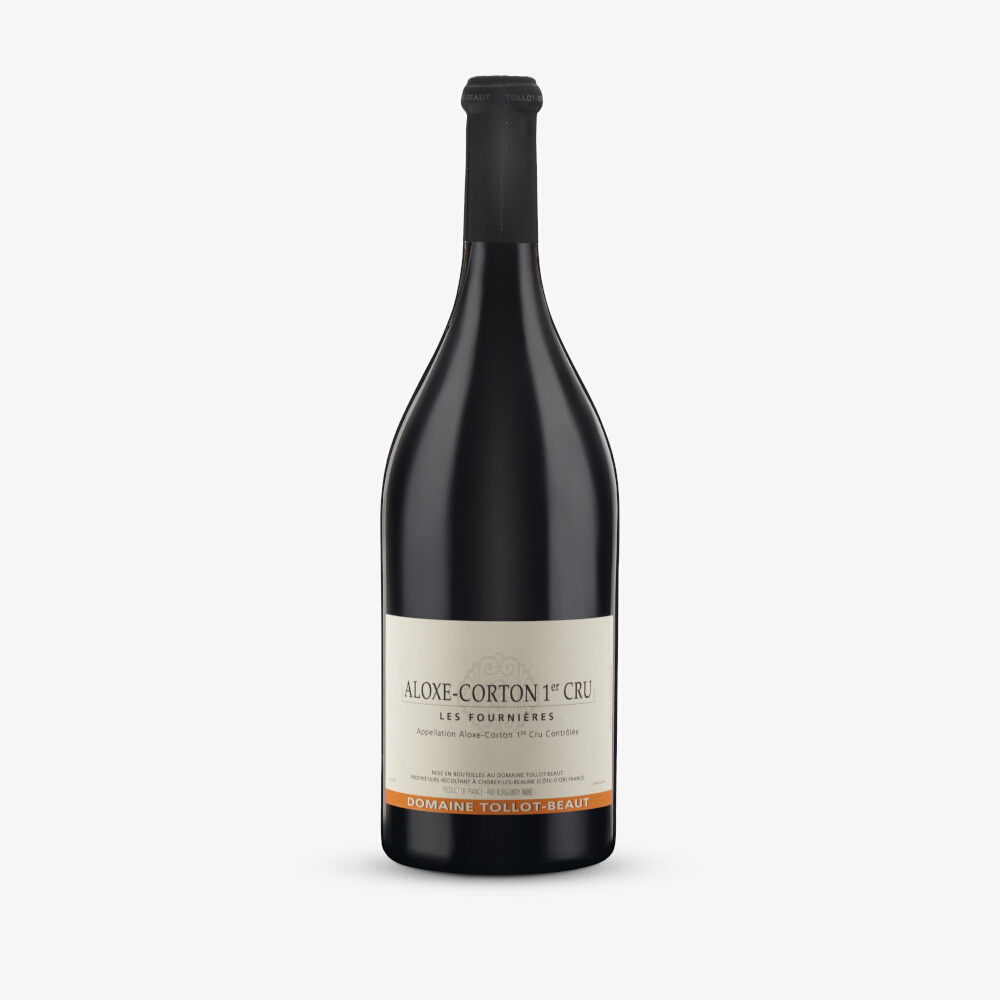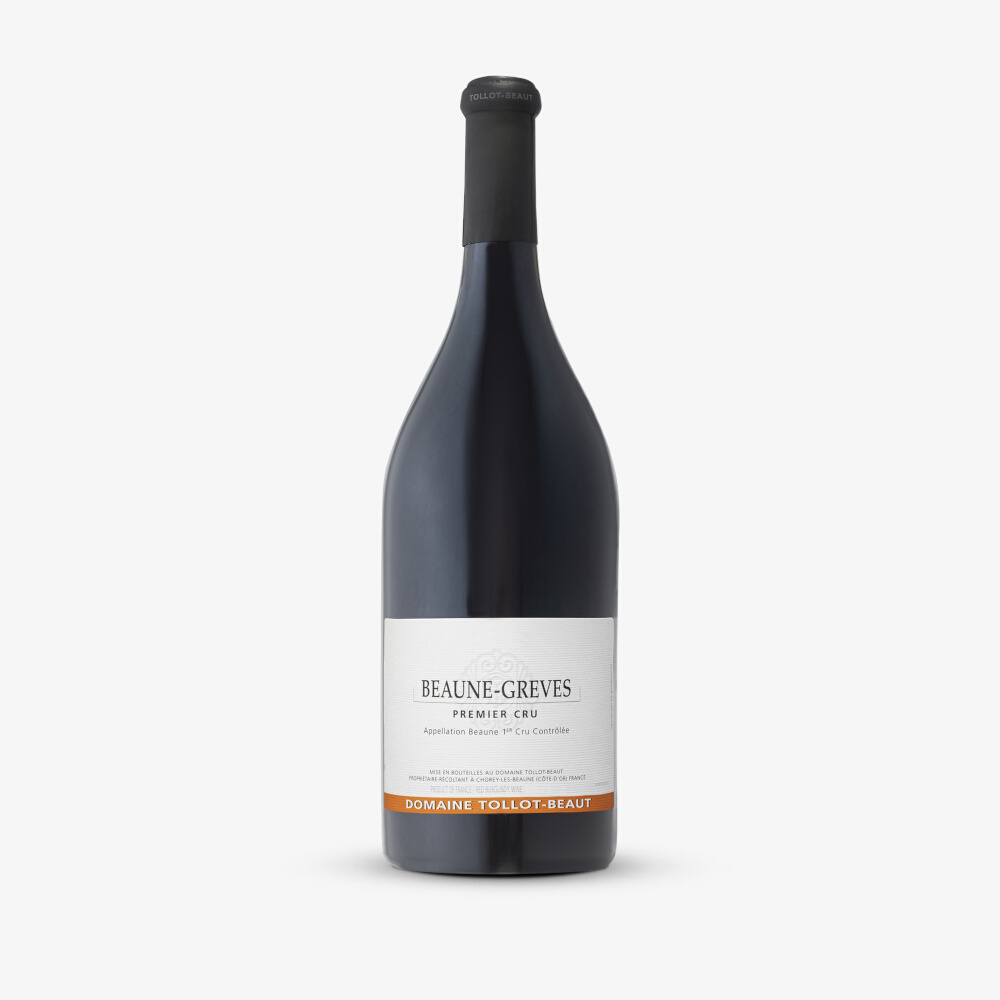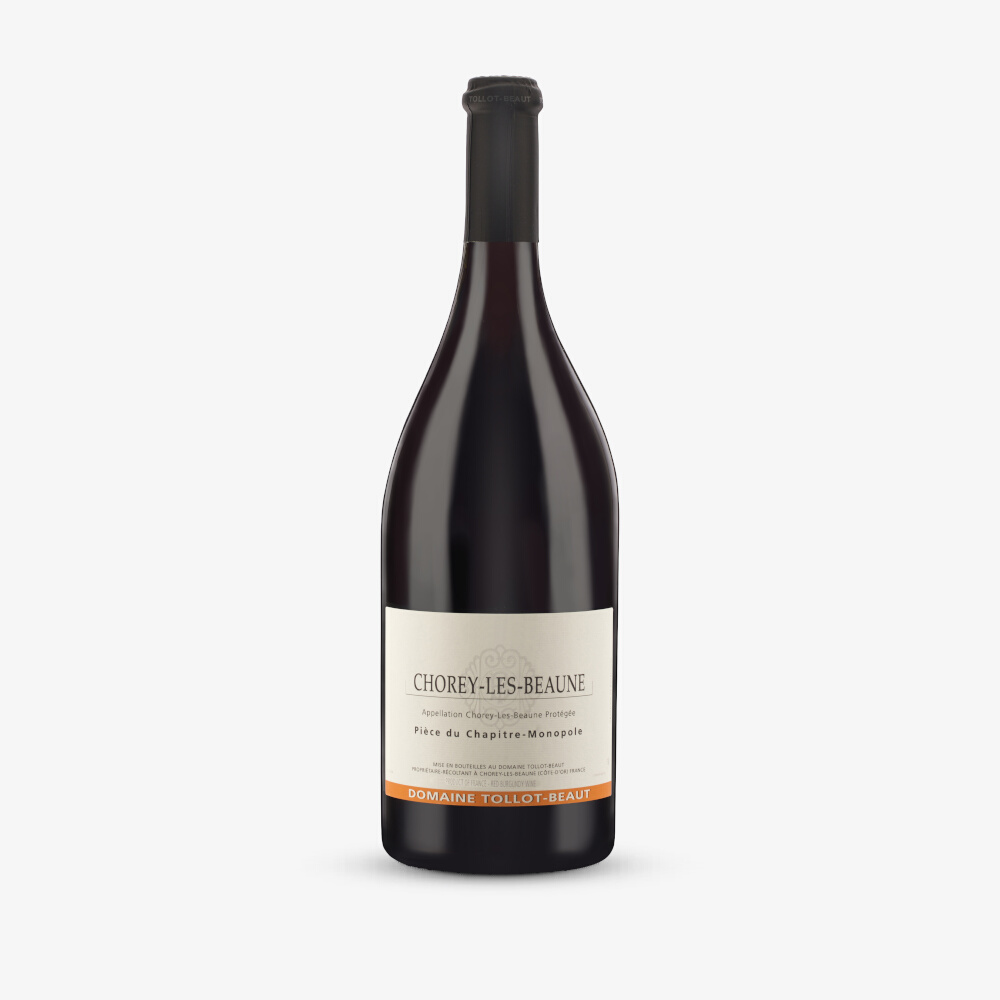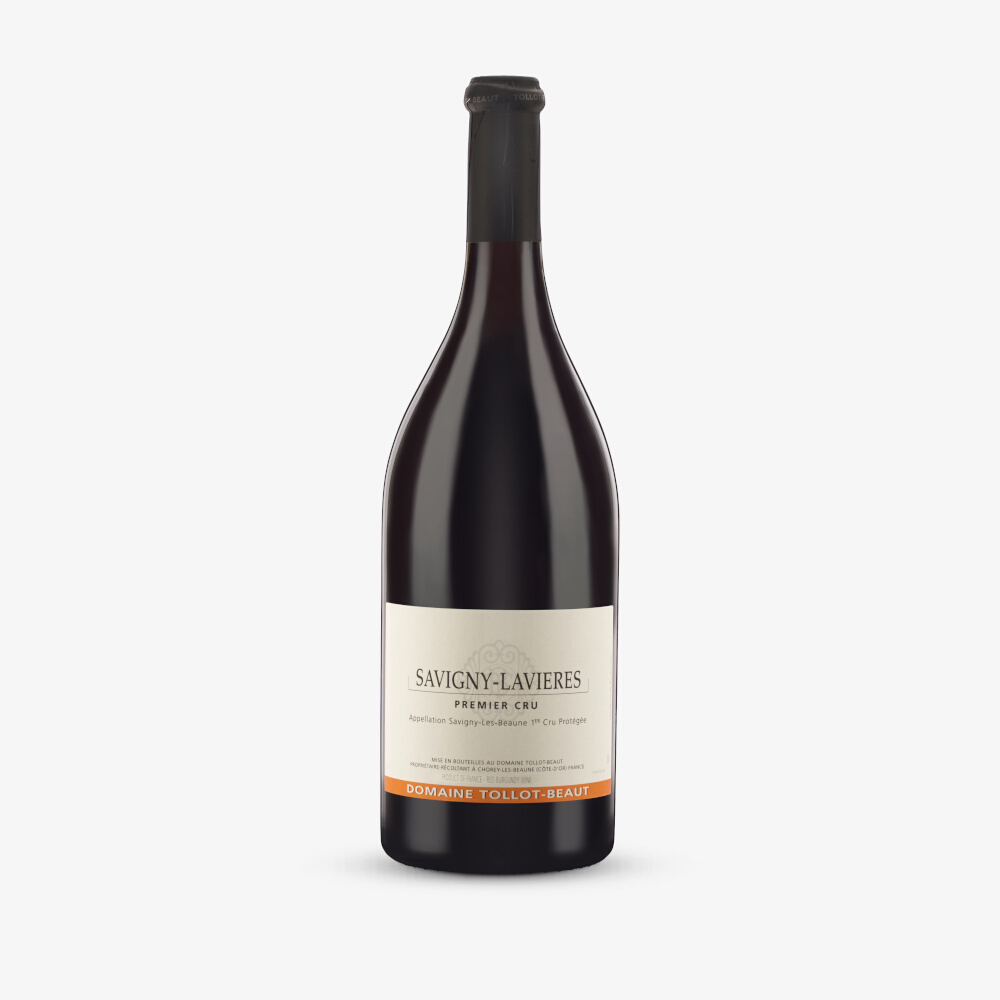
Tollot Beaut
Tollot-Beaut were among the group of pioneering Burgundians who started producing and bottling their own wines in the early part of the 20th Century. As rich in tradition as this Domaine is, under Nathalie Tollot, no-one rests on their laurels and a premium is placed on quality. Money is spent on new oak every year to ensure a good stock of healthy barrels which provide the perfect resting place for their magnificent wines. However, it is the vineyard where most of the investment goes on. They employ twice as many people per hectare than any of their neighbours to restrict the vigour of the vines and therefore increase the chances of ripe concentrated grapes being produced every year. Grapes are de-stalked and wines are aged in up to 50% new oak. The wines remain respectful to their origins while sharing characteristic toasty, open-knit and smooth fruit flavours.
2017 Vintage
In Nathalie Tollot’s words 2017 was a “miracle year” that was well needed after a string of so many small crops here. She goes on to describe the fruit as being of “magnificent quality and with no need for any triage at all.” Summer was warm but cooled towards the end of the summer and during harvest, which is why the wines taste fresh as well as ripe. The reds here have changed enormously during élevage, taking on a lot of weight to go with their naturally very appealing, soft fruit characteristics. These wines are “easy” but, as Nathalie is quick to point out , “not light, so don’t drink them too quickly!”
2018 Vintage
Nathalie Tollot provides great insight into 2018. Although a warm, ripe, early vintage, it produced some surprisingly fresh wines that are very different from the famous heatwave 2003s. The estate began picking on the 28th August and vintage lasted eight days, but Nathalie explained: “In the old days you used to rely on harvest being 100 days after flowering but with global warming 95 days has become the new ‘normal.’ 28th August 2018 was 95 days after flowering, so a full vegetative cycle. Earlier than usual in terms of calendar date but not as far as the plant's vegetative cycle is concerned. 2003, on the other hand, was picked at around 80 days after flowering. The longer ripening period made a big difference in 2018. Also, the crop was small in 2003, whereas in 2018 it was big and the wines taste fresher and juicier as a result. In addition, us and many of the other growers had the experience of 2003 to draw on.” All in all, a totally different set of circumstances compared to 2003. Cooling grapes down and seeking infusions rather than extractions during vinification were also very important factors. These are opulent, expressive and richly fruited, yet offer good flavour definition. The alcohols range from 13.2 to 14 degrees naturally; this is to be expected in a warm vintage but these degrees don’t necessarily dictate the freshness of fruit of each wine. For example, at 14 degrees Chorey Clos du Chapitre was one of the highest alcohols in the cellar, and yet this displayed some of the most pristine, jewel like fruit of any in the range. Beaune Grèves felt like a particularly roaring success this year too, displaying equally fresh fruit with added complexity, polish and a very even 13.2 degrees of alcohol, the perfect example of how impressively harmonious and Burgundian this vintage can be.
2019 Vintage
Describing 2019 as “powerful, well-balanced and fresh. It is still a Burgundian style (vintage).” Nathalie Tollot was surprised at how the wines turned out, adding that “2019 is extraordinary, because we have never lived it before…. The balance is amazing despite the heat.” There was some hail on 6th July in Savigny, and on the 14th in Corton. Neither were serious storms, but added to a small flowering and the summer drought, berry size was reduced and this resulted in very small yields. Nathalie noted the superb quality of the small berries at harvest time, and these produced wines of deep colours and alcohols of 14 to 14.5 %, “but you don’t feel this” Nathalie was at pains to point out. “They are fresh. Fresher and more concentrated than 2018. There are, in fact, lots of tannins, too, but they are so ripe and round you don’t notice them. Fermentations were gentle and attentive; there was hardly any pigeage, and lots of focus was placed on fermentation temperatures in order not to extract too much. Normally Tollot-Beaut would have racked the wines and aired them fully back in July, but for the 2019s they did so without any oxygen and they also kept some lees, to keep the wines as fresh as possible. The results are round, ripe, wines of generous fruit, and suave Burgundian textures.
2020 Vintage
The situation must be serious when you start to dismiss the small 2021 crop as “not too bad, we were only 40% down!”. These were Nathalie Tollot’s words who, with resignation, highlighted that they have lost the equivalent of one whole crop over three years. 2020 is another small vintage, one she terms “powerful”, perhaps more so even than 2019 with alcohol degrees at or above 14%. There are some wines here that offer a concentration and muscle well over and above their appellations. Watch out for the Savigny Lavieres and Beaune Greves, which we found particularly fine this year.
2021 Vintage
“I love this vintage” beamed Natalie Tollot, with good reason. “It reminds me a little bit of 2002, with this present acidity, and is much more like 2002 than say a 2008 or 1996. 2021 is not a hard acid vintage, but they have a kinetic quality to their freshness that’s beneficial and not dominant”. We were smitten by these wines for their combination of charm and delicate beauty. Crystalline fruit is accentuated by typical Aloxe notes of stones and soil, but there’s absolutely no rusticity here – the gentle Tollot style is perfectly suited to this vintage. With refined structures, clear eyed fruit, fine freshness and real complexity these may well turn out to be some of the best value wines of the campaign.
2022 Vintage
We began day two at Tollot Beaut and it was a fine start. A self-proclaimed lover of cooler vintages like 2021, Nathalie Tollot was nevertheless very excited about the “jolie maturite” of her 2022s. “We had more rain than in 2020 which made a big difference. The wines have tasted fresh since we barrelled them down”. Pressed on a similar year Nathalie wasn’t the only producer who suggested that her 2022s might end up tasting a bit like the 2017s, with added concentration. For our part we found an impressively nimble, animated vintage at this reliable stalwart of well-priced and supremely enjoyable Burgundy. Those looking for hidden gems would do well to consider Lavieres and Greves in this line-up – both have produced spectacular renditions in 2022.
2023 Vintage
For Nathalie Tollot, harvest date was everything in 2023. Guiding us through her cellars with precise harvest dates to hand, Nathalie explained that she was happy, despite it being an unusual year. “I think it’s a vintage you’ll drink before the 2022s. For us it’s a bit like 2018 but with more energy.” Ten days separated the first from last pickings at Tollot-Beaut, and the range of styles in the cellar is quite wide. If you appreciate fruit and density then the Bourgogne and Choreys will appeal, whereas for the finer end of the spectrum it’s Beaune Grèves and Savigny Lavières. Switching their normal harvest order in the face of the heat meant that the grand crus from the hill of Corton were picked earlier than usual, and the resulting wines are extremely impressive as a result – powerful, yet full of energy and vitality.








